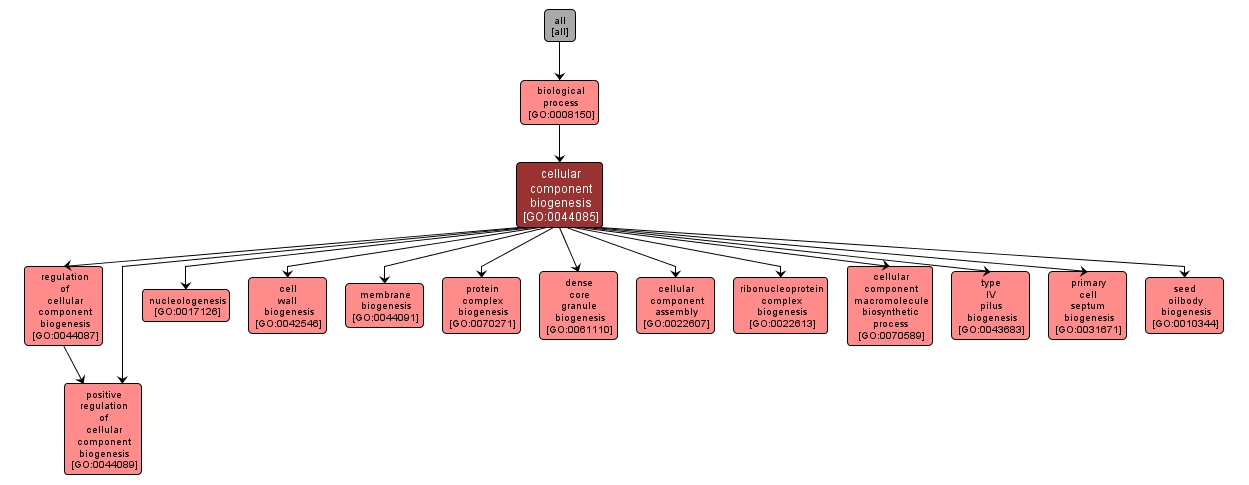| Desc: |
The process by which a cellular component is synthesized, aggregates, and bonds together. Includes biosynthesis of constituent macromolecules, and those macromolecular modifications that are involved in synthesis or assembly of the cellular component. |














